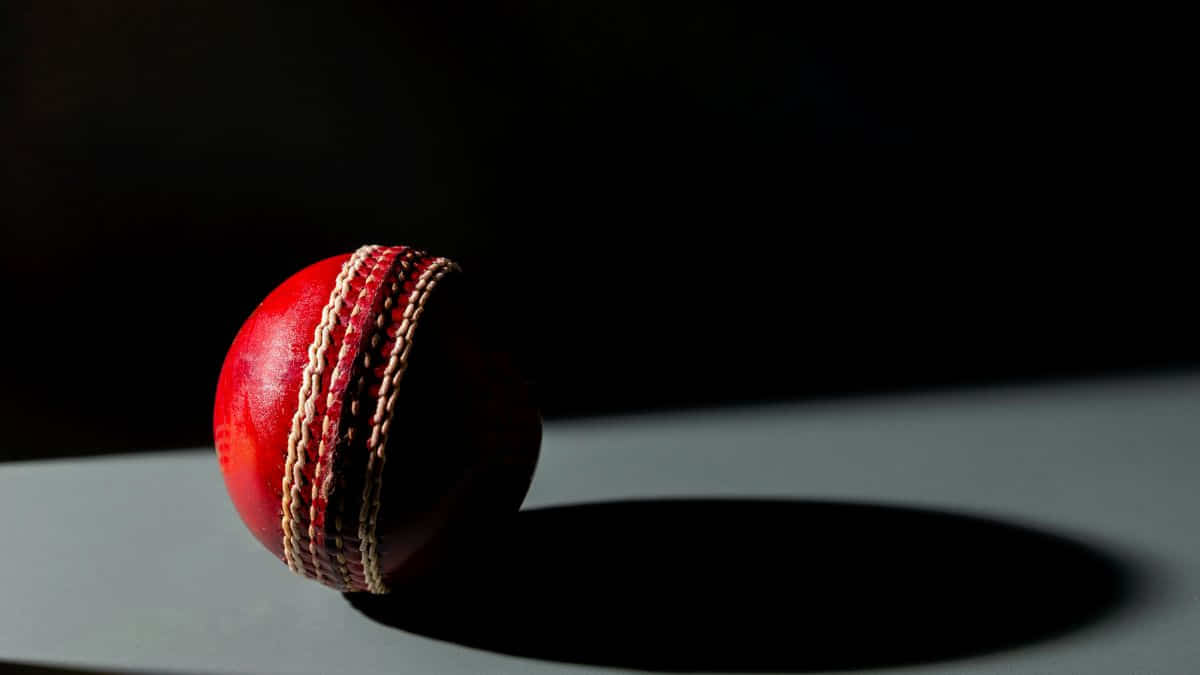
The cricket ball, a seemingly simple yet essential element of the beloved sport, has a history that spans centuries and continents. From its humble beginnings in the cottages of Kent to becoming a symbol of intense competition on the global stage, the cricket ball has played an integral role in shaping the game we know today.
Inception of Cricket and the Essential Cricket Ball
The game of cricket, rooted in its origins in South East England during the middle of the 16th century, has a storied history. As the British Empire expanded, cricket traveled with it, making its way across the world and captivating the hearts of enthusiasts everywhere. While cricket’s bat-and-ball dynamics are central to the sport, the cricket ball has been a crucial counterpart that has evolved in its own right.
Cricket, in its nascent form, required little more than a bat and a ball to begin play. This partnership between the bat and the ball became the foundation upon which the sport’s rich legacy was built. While bats have undergone numerous transformations over the years, adapting to changing strategies and conditions, cricket balls have remained relatively consistent in design but have seen significant improvements in quality.
Birth of the Cricket Ball
The evolution of the cricket ball can be traced back to the industrious efforts of the Duke family. In the early 18th century, several members of the Duke family operated a cottage industry near Penshurst, Kent. It was here, between 1760 and 1841, that the earliest manufactured cricket balls are believed to have been produced. These early cricket balls were meticulously crafted, a labour-intensive process that involved stitching together leather, string, and cork to create a nine-inch-diameter, seam-seamed spheroid.
The Duke family’s dedication and craftsmanship were acknowledged in 1775 when King George IV granted them the Royal Patent for their cricket balls. This marked a significant moment in the history of the cricket ball, as the Duke family’s creation became the standard for cricket balls for generations to come. Their innovation reached a pinnacle in 1780 when they introduced the first six-seam cricket ball, a design that remains integral to the game’s identity.
Global Impact and Evolution
The Duke family’s contributions to cricket extended beyond the cricket ball itself. Their role in the sport’s history and genesis was profound, as cricket gained traction and popularity in the Weald of Kent and Sussex, ultimately spreading further across the world.
In Australia, after World War II, the landscape of cricket ball manufacturing took a turn. The Thompson family-owned business, Kookaburra, secured a contract with the Australian Cricket Board, signalling a shift in cricket ball preferences. Kookaburra’s innovative white balls gained prominence, and the company evolved into the world’s largest producer of cricket balls. Their products are now recognizable on international cricket fields, a testament to their commitment to quality and innovation.
Meanwhile, in India, the Anand brothers, Kedarnath and Dwarakanath, established Sanspareils Greenlands (SG) in 1931. They introduced cricket balls that were distinctively smaller and more compact than their counterparts. SG balls quickly found favor among players and fans alike, carving out a niche for themselves in the cricketing landscape. Since 1994, SG balls have been used for home tests in India, cementing their place in the country’s cricket tradition.
Technical Specifications and Regulations
The weight and dimensions of cricket balls are closely regulated by the British Standard BS 5993. The initial regulation from 1744 specified a weight range of 5 to 6 ounces for cricket balls. However, in the 1770s, this was refined to a weight between 5 and 5.75 ounces. In terms of circumference, the cricket ball’s dimensions range from 8.8125 to 9 inches.
Global Players in Cricket Ball Manufacturing
In the international realm of cricket, three major manufacturers dominate the scene: Dukes, Kookaburra, and SG. Each company has left an indelible mark on the sport, catering to different cricket-playing countries and their unique preferences.
Dukes cricket balls are synonymous with cricket in England and the West Indies. Known for their quality and durability, Dukes balls have stood the test of time, enduring as a symbol of tradition and excellence.
Kookaburra, on the other hand, has achieved global recognition. The Australian brand’s white balls, in particular, have become iconic in limited-overs formats. As the world’s largest producer of cricket balls, Kookaburra’s influence extends to various cricketing nations.
SG, the Indian cricket ball manufacturer, holds a special place in the hearts of Indian cricket fans. Founded by the Anand brothers, SG balls are known for their distinct size and performance characteristics. Since their inception, SG balls have contributed to the uniqueness of cricket played on Indian soil.
The Enduring Symbol of Cricket Tradition
As the world of cricket continues to evolve, the cricket ball remains an enduring symbol of tradition, skill, and the unifying spirit of competition. Its journey from the cottages of Kent to the global stage mirrors the journey of the sport itself – one that has captivated generations and transcended boundaries. In a game that thrives on strategy, athleticism, and camaraderie, the cricket ball serves as a silent protagonist, an essential component that bridges the past with the present, and the local with the global.
Also Read: History And Evolution Of Cricket Balls: From The 18th Century To Today
“Get more breaking news, cricket updates, fixtures, and trending news only on cricfiles.com. Follow us on Facebook or Twitter and Subscribe to our YouTube Channel today.”





